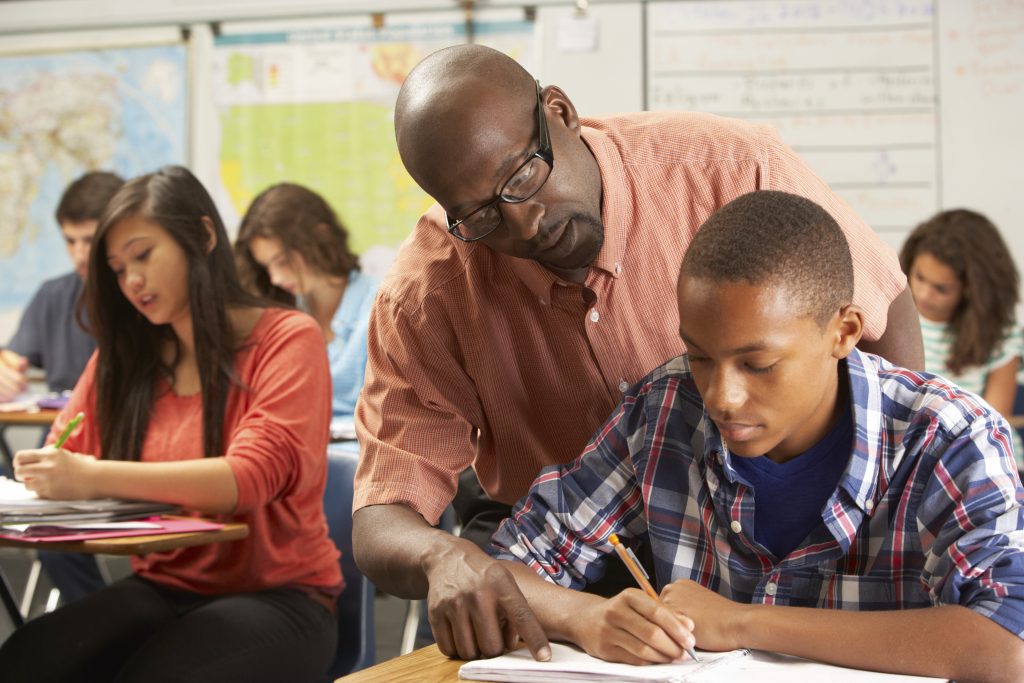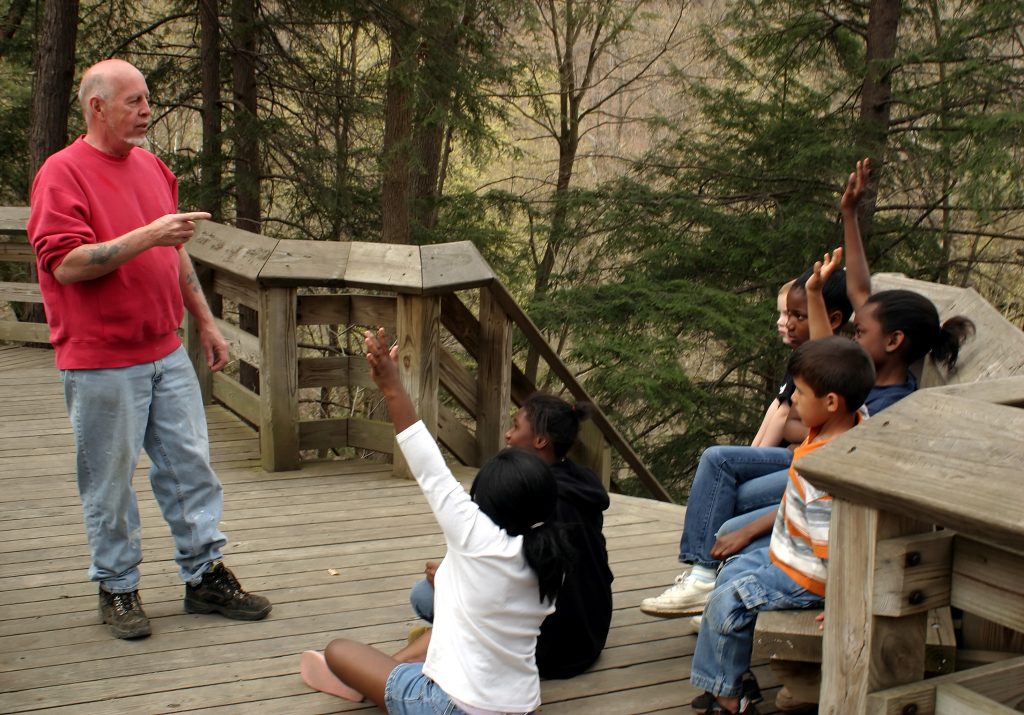The International School of Amsterdam (ISA), in The Netherlands was one of the first schools to offer the IB Middle Years Programme (MYP) 25 years ago. Coordinator Paul Griffths tells IB World magazine about the significant impact it’s had.
As soon as the IB launched the MYP in 1994, the International School of Amsterdam (ISA) did not hesitate in seeking authorization to offer the programme. “We wanted a framework that would best prepare our students for their DP years, which we were already offering,” explains MYP coordinator Paul Griffiths. “The MYP, [which was] very new at the time, was deemed the most compelling framework to shoulder this transition.”

This decision positively impacted students, says Griffiths: “The level of ownership that they are asked to engage with, and the focus upon inquiry, impacts MYP students significantly,” he adds.
“Authentic learning can be defined in a number of different ways. For me, authentic learning means providing our students with opportunities that will replicate, or be replicated in the future, in our increasingly globalised and interconnected world.”

A number of interdisciplinary projects are happening at ISA that develop interdisciplinary and authentic learning. MYP year 1 students experience a unit called ‘The Real World’, which connects mathematics and individuals and societies. They investigate a real world topic and the quality of human life. Students search for and make sense of the human development patterns and trends that are associated with measuring the complex world.
Students undertake a unit called ‘The Survival Game’ in MYP year 2, which connects sciences and individuals and societies. They investigate how both of these subjects have been combined to address the needs of the human race over time. Students learn about different diseases, and examine how the spread of diseases have had a significant impact on society over time.
The ‘Box It’ unit in MYP year 3 connects design, mathematics and sciences. Students investigate the energy form and the function of a product and communicate the essence of this in the marketing and packaging of the product.
“These projects, which are all purposeful, integrated and rooted in disciplinary depth, expose our students to a new level of understanding,” says Griffiths.
The MYP at ISA has helped create independent learners that replicate and reinforce the IB learner profile attributes, which underpin the programme. With regards to the Approaches to Learning skills in the MYP, Griffiths adds: “Our emphasis on Approaches to Learning means that students are prepared for a future that will rely on how they communicate, the methods through which they collaborate, the strategies they use to manage themselves, their thinking, and the research that supports their inquisitiveness,” adds Griffiths.
“I believe that the longevity of the MYP here at ISA, alongside our PYP and DP courses, has created students who leave our school knowing how to learn, knowing who they are as learners, and who are critically alert of the world around them.”

The MYP is turning 25 this year and to celebrate, IB World magazine is sharing the stories of schools who offer the MYP on the blogs and magazines
